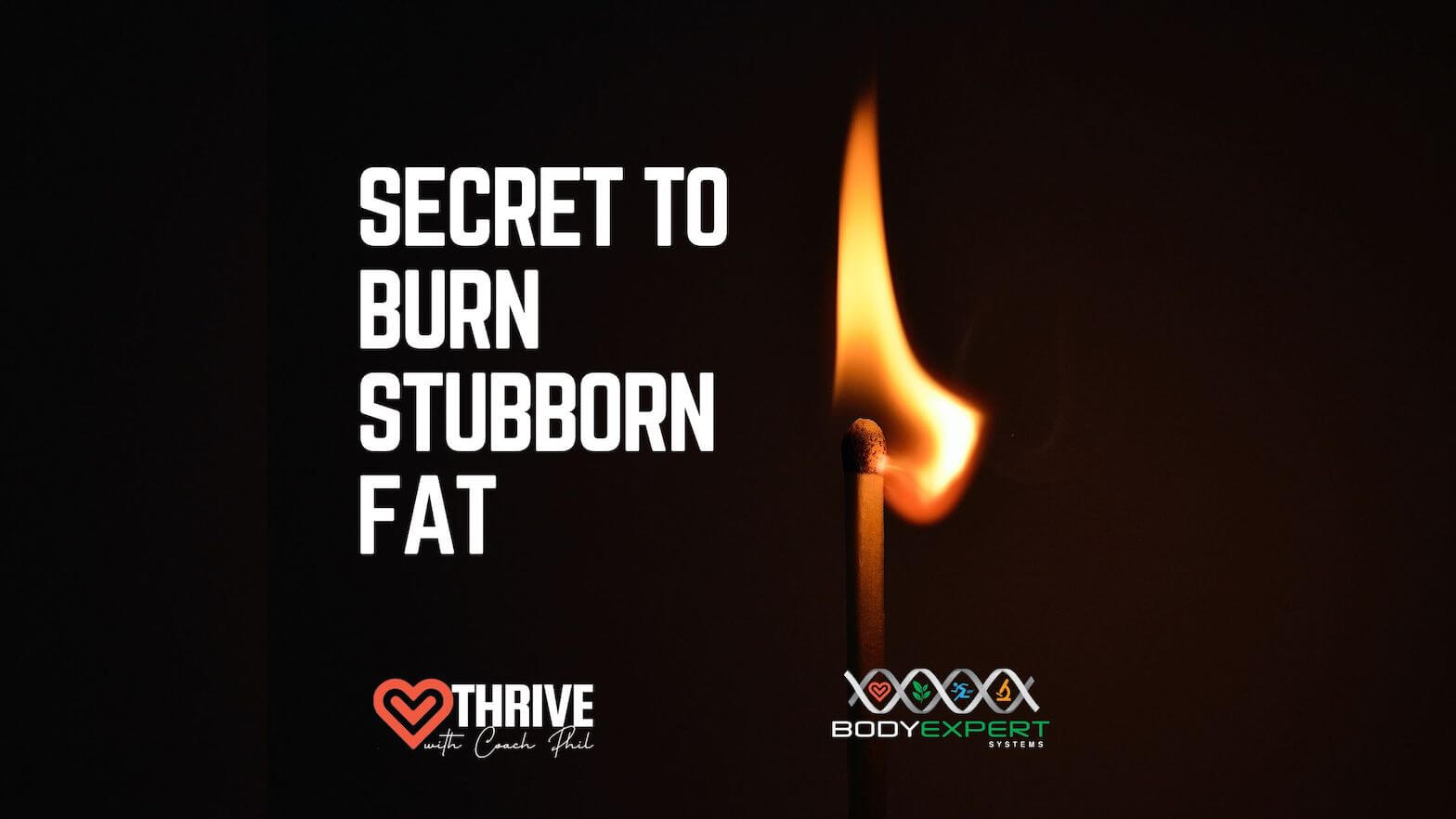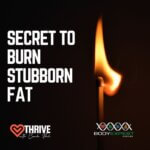I always get asked if women should workout differently to men. The general answer is NO… everyone, male and female, should be moving through a full range of motion, completing easy steady cardio (moving frequently at a slow pace), lifting heavy things and performing some sprinting or “all out” effort exercise in their routines.
The human body – bones, muscles and energy systems – are the same for both men and women. Therefore, the exercise programmes and training methods should also be the same. However, where men and women are slightly different is in our hormones. Hence, the training programmes should be the same but a smart instructor can manipulate what and when a female client does, to get better results utilising women’s hormonal profile. For the best results a female’s nutrition and training routine should align with their menstrual cycle… in other words their hormonal profile.
Women’s Hormone Profile:

The menstrual cycle certainly impacts a female’s fat burning physiology. Estrogen and progesterone levels raise and fall during the cycle, which means clever timing of diet and training to match these hormonal levels will foster better results in fat loss and muscle development. Estrogen makes women more insulin sensitive while progesterone, because it opposes the action of insulin, makes them more insulin resistant. Therefore, when estrogen is high women can have more carbohydrates in their diet and less when progesterone is high.
Estrogen is also a muscle-building hormone while progesterone is known to interfere with muscle development. Therefore timing of heavy resistance training should be planned in the phase of the menstrual cycle when estrogen is high.
Understanding the menstrual cycle is key to unlocking better results for women. The menstrual cycle consists of two phases: the follicular phase & the luteal phase. The two phases are separated by ovulation and menses. Here are the basic hormonal facts to consider:
- The follicular phase is a period of higher estrogen and low progesterone
- The luteal phase is a period of high estrogen AND progesterone, but progesterone is more dominant
- The premenstrual period and menses is characterised by a steep decline of both estrogen and progesterone
Now that we understand the basic hormonal facts of the menstrual cycle we can plan the best type of exercise to coincide with these levels.
Follicular phase:
The best time for resistance training. The follicular phase has more estrogen, which means less fat storage, some fat burning and is a muscle gaining time. In this phase carbohydrate intake can be a little higher due to insulin sensitivity
Luteal Phase:
The beginning of the luteal phase will mean less muscle building, but good fat burning potential. Workouts should focus on short duration high intensity metabolic conditioning, HIIT and sprint training. Normal calorie intake with starchy carbohydrates kept low.
Luteal Phase (Premenstrual):
Brain chemistry is impacted when both estrogen and progesterone levels fall during the premenstrual period (late luteal phase). This will lower serotonin, GABA and dopamine, which means increased cravings especially for sweet and starchy foods. To deal with this we recommend cocoa and BCAA’s. Cocoa will raise both dopamine and serotonin to address the brain chemistry changes. BCAA’s will help minimize muscle loss, lower cortisol and also raise the brain chemicals GABA and glutamate to aid in reducing cravings.
Generally speaking the best practice for women’s training is to split the menstrual cycle into a building phase and a burning phase. The follicular phase can be used to build muscle (i.e. the anabolic time) and the luteal phase to focus on fat burning (i.e. the catabolic time).
Stay in touch – Join our online and email community to keep up-to-date with our articles, recipes, workouts and awesome events








